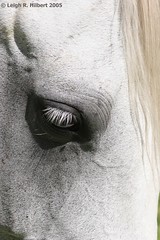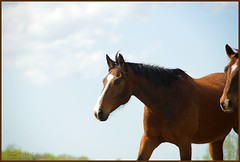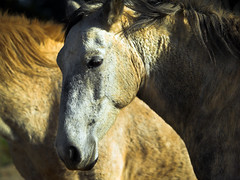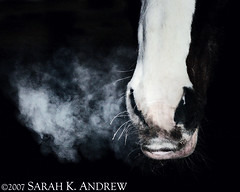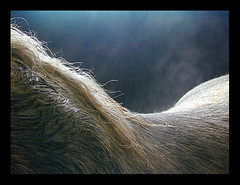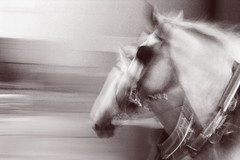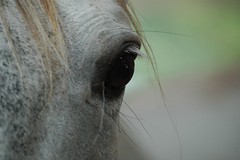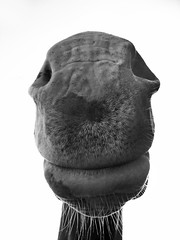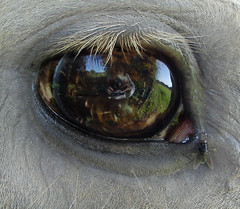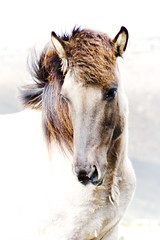14 Şubat 2008 Perşembe
4 Şubat 2008 Pazartesi
3 Şubat 2008 Pazar
1 Şubat 2008 Cuma
School of fish 2
Fotograf David Doubilet' den
School of fish 1
Fotograf Bill Curtsinger' den
School of fish
Moray eels
Fotograf David Doubilet' den
Pipefish
Fotograf Joe Stancampiano' dan
Sea slugs
Fotograf Tim Laman' dan
Jellyfish
Fotograf David Doubilet' dan
Teardrop crap
Fotograf Paul Sutherland' dan
Philippines
Shines green
Flores island
Fotoğraf Tim Laman' dan
Green fluorescent
Sea flower
Przewalski's Horse
 Przewalski's horses are the last surviving subspecies of wild horse. First described scientifically in the late 19th century by Russian explorer N. M. Przewalski, for whom the horse is named, the horse once freely roamed the steppe along the Mongolia-China border. Never again seen in the wild, Przewalski’s horses have since been kept and bred in captivity and have recently been reintroduced in Mongolia.
Przewalski's horses are the last surviving subspecies of wild horse. First described scientifically in the late 19th century by Russian explorer N. M. Przewalski, for whom the horse is named, the horse once freely roamed the steppe along the Mongolia-China border. Never again seen in the wild, Przewalski’s horses have since been kept and bred in captivity and have recently been reintroduced in Mongolia.
With a short, muscular body, Przewalski’s horses are smaller than most domesticated horses. They have a pale belly and beige to reddish-brown coat that is short during summer and thicker and longer in winter. Their muzzle is white, and they don an erect and dark mane that lines their large head and neck. They stand about 12 to 14 hands tall at the shoulder, or about 48 to 56 inches (122 to 142 centimeters), and weigh about 440 to 750 pounds (200 to 340 kilograms).
Photograph by Roy Toft
Baby sea turtle
 Leatherback hatchlings make a perilous journey from their nest to the ocean, and are not even safe once they make it. Few survive to adulthood.
Leatherback hatchlings make a perilous journey from their nest to the ocean, and are not even safe once they make it. Few survive to adulthood.
Photograph by Susie Post Rust
Worried
I accompanied her and her mother to infant swimming class.
I had a great time photographing the babies and parents in the pool, so much that I got tired from the heat and humidity. No wonder small persons were tired at the end of it all.
31 Ocak 2008 Perşembe
Kapoho Horses
Hollar Horses
The horses belong to a neighbor who occasionally pastures his horses on "The Hollar" farm.
Tennessee, USA
Horse Power
dashing horses
A horse's eye
This is a processed raw file. I used Bibble to process it and Gimp for some more adjustments like the unsharp mask and to crop and frame it. It is a pity that I cut the very top part of the eye.
The Icelandic Horse
Icelandic horse on Wikipedia
These two are a little wet from the nearly constant rain for the last couple of months, but that's nothing these sturdy creatures take notice of.
Graceful Black Horse
One of the competitors warming up at the GMHA Dressage Days show.
NOTE: Some of the comments below aroused my curiosity, so I went back through the photos of this horse to see the sequence in which this one was taken. The horse was actually stopped and they were at rest while the owner talked with someone (I think her daughter) standing at the edge of the warm-up area--and she was actually removing the rain-cover from her dressage hat because she was due to go into the competition ring. The rider wasn't asking the horse to bend like this. I remember now, after looking at the sequence, that right after this photo the horse became aware of my camera, and was quite interested in what I was doing and I got some nice photos of him watching me watching him!



























